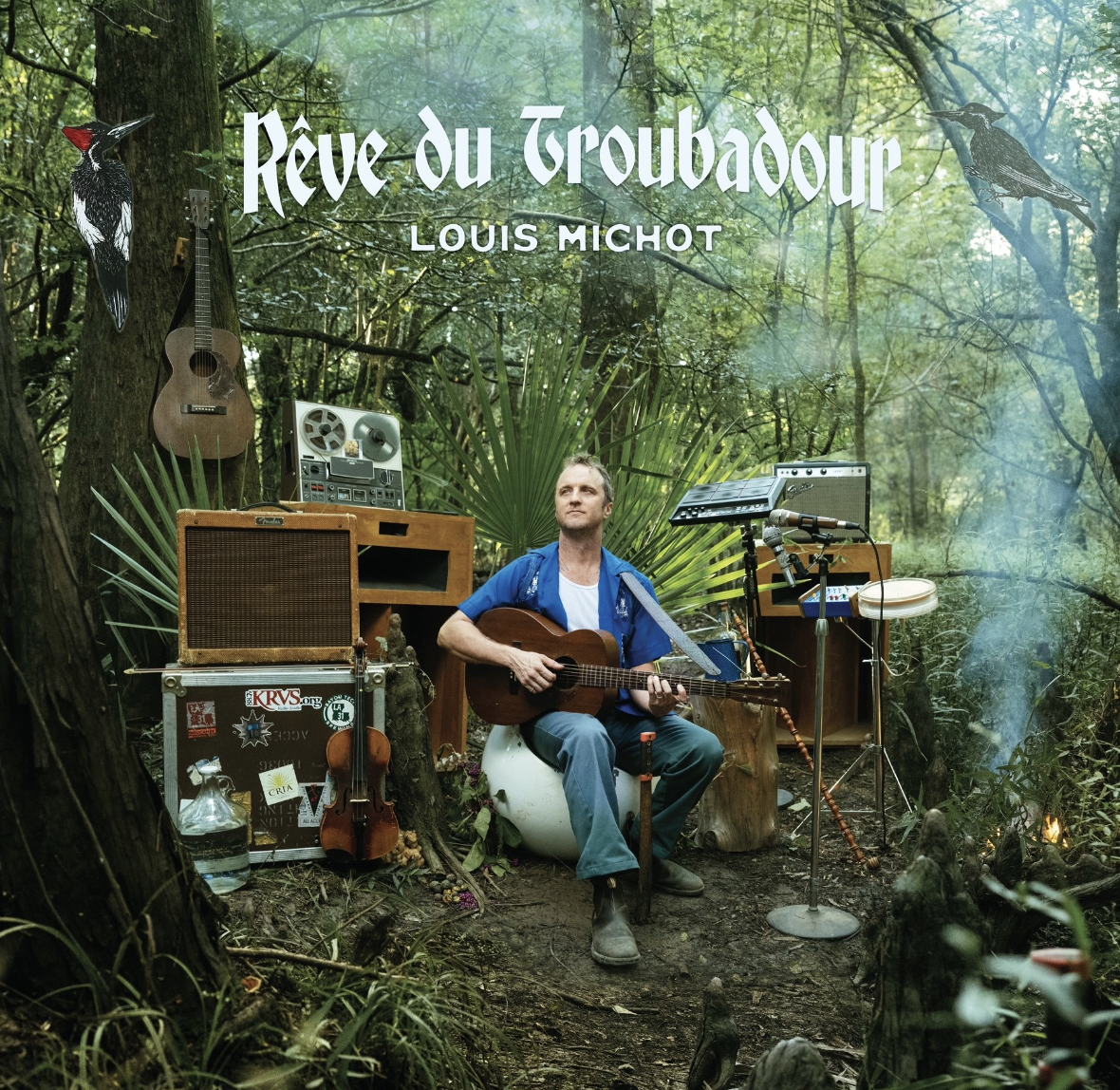What would you have if the past 25 years of country music history had never occurred? You would Merle Haggard’s new album, I Am What I Am. Released on his Hag Records label, this is old-school country gold from the era of AM radio and 8-track tapes played on long 55-mph road trips. It is the sound of country music from a time when Nashville was country’s undisputed king … and no one was looking at what was happening in Memphis, Austin, or, God forbid, Seattle.
Even for most fans of the contemporary Nashville sound or even alt-country, there is an undeniable joy in hearing such pure, classic country sounds coming from a brand new album that sounds like it was cut in 1985.
Haggard is, and always has been, an icon of this style of country, and of American popular music in general. I Am What Am’s 12 tracks are anchored by what remains one of the most commanding and sonorous voices in country music. An irresistible mix of velvet and gravel, Haggard’s deep, hypnotic tones invite a listener deeper and deeper into the album.
Accompaniment on I Am What I Am is just that — accompaniment. The album’s songs lack the polished, ensemble feel of much of modern country. Haggard and his voice are clearly the focus here with instrumentation existing in a supporting role. For all that, there is some remarkable playing on this album. Guitar work, steel and otherwise, is top-notch, but generally eschews the rock-style histrionics now common in contemporary and alt-country. The same is true of well-played and judiciously-used fiddle. Strong reliance on piano and brass also help lend I Am What I Am its authentic, old-school sound.
In addition to the album’s classic country sound, Haggard writes from the wise and often world-weary perspective of a man in his 70s with a music career stretching more than a half-century. “I’ve Seen It Go Away” draws upon than long experience, talking about everything Haggard has witnessed, from Bob Wills to Elvis and the moon landing, and comparing the past, favorably, with the present. The semi-autobiographical “Old Tanker Train” and “Down at the End of the Road” are delightful and visually rich stories about growing up poor and country in the old days. “How Did You Find Me Here?” is a revival of the kind of classic country gospel that is almost absent in contemporary country.
Being unafraid to write from the perspective of man whose life and career are nearer the end than the beginning serves Haggard especially well when I Am What I Am turns its attention to matters of love. The joys and pains of romance are, of course, not the unique province of the young. It is understandable that so many veteran country stars have sung about love from the perspective of a young man or woman — and there is nothing wrong with that. But it is decidedly refreshing to see a country star singing about love from a perspective closer to his own – and there is a passion and honesty woven into those songs.
“Pretty When Its New” is a slow number in the classic honky tonk tradition about the glow of new love and the troubles of old love. It also features some of the album’s most memorable instrumentation, especially the piano and steel guitar work. “We’re Falling in Love Again,” tells the other side of the story, a touching ballad about the joys of love in life’s autumn years. Haggard’s wife, Theresa, joins him on vocals on “Live and Love Always,” an up-tempo and upbeat honky tonk love story with great fiddle and trombone.
Several other tracks on I Am What I Am also earn special mention.
Haggard is a faithful prophet of classic country, but he is not a fossil. His range as a musician is on display with “The Road to My Heart,” a slow, smoky Western Swing number that borders on jazz and throws in some very subtle alt-country sensibilities. The instrumentation on this track is also remarkable, with drums and piano being especially notable. The guitar and trumpet parts here arguably cross the line over to jazz – and a lyrical reference to Louis Armstrong suggests this is no accident. The inclusion of “Road to My Heart” on the album seems to be Haggard’s way of saying he made an album full of classic country because he wanted to — not because he had to.
Initially, I was a little ambivalent about the track “Mexican Bands.” Again, this is old-school country and, while the song is not culturally insensitive, it is hard to imagine a more contemporary and less confident artist attempting this song in 2010. Any hesitation on my part, however, was quickly blown away by amusing, self-effacing lyrics and a beautiful, Latin-flavored trumpet attack a la Johnny Cash’s “Ring of Fire.”
The album concludes with the title track, “I Am What I Am.” Perhaps this song should actually have come at the beginning. It is more than a title track, it is clearly at least semi-autobiographical as well as a declaration of principles of who Haggard is — and of the aesthetic and philosophical principles behind the music and lyrics and the album. And it is an equivocally old-school, true-to-his-roots message. It could even be viewed as an updated, revised and edited incarnation of “Okie from Muskogee” (a piece about which Haggard has expressed ambivalence). In “I Am What I Am” Haggard expresses some of the same traditionalistic sentiments of “Okie” from a position of greater wisdom, reflection, and humility.
The phrase “new old country” may sound like an oxymoron, but that is precisely what Haggard has created with I Am What I Am. For a few, it might be too old school — but most listeners will be delighted by such a classic sound brought to fresh songs. Haggard is keeping the torch of classic C&W alive and burning brightly. If always keep a some country gold on your MP3/CD player but find that, once in awhile, even the best of albums get a little repetitive … rejoice, Merle Haggard has given you the best of both words.





